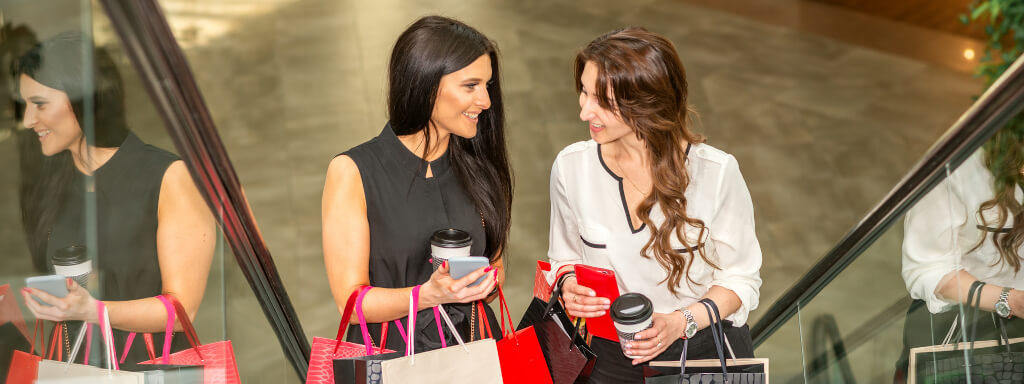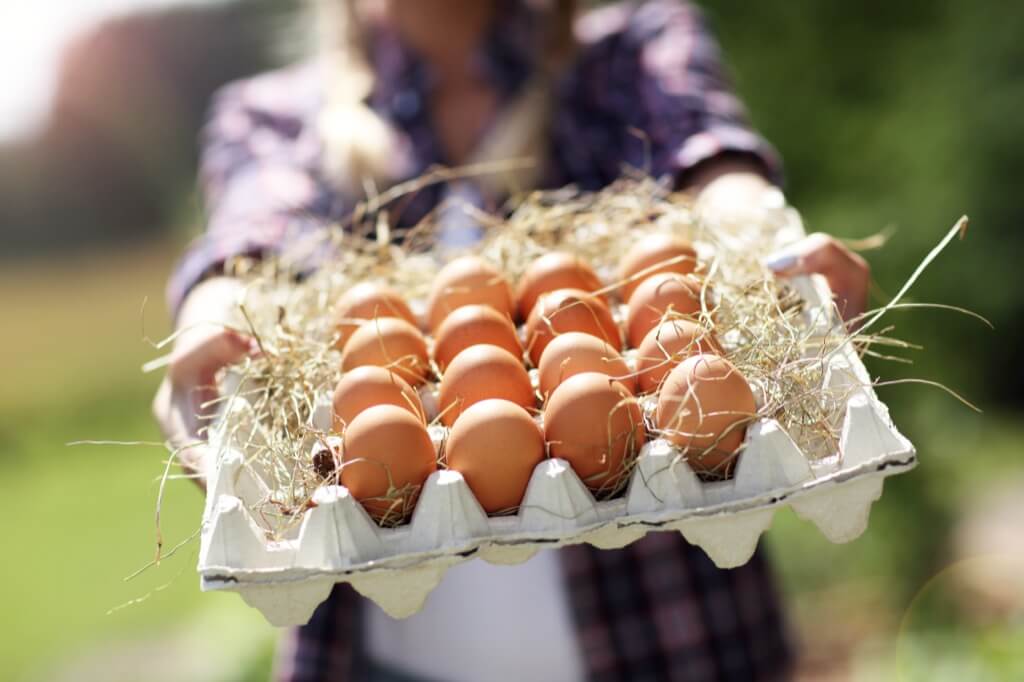A new lipstick, a bowl of hot cocoa, or any other comfort food is warranted on days when stress levels are high and the future is uncertain. The “treat culture” is a recent craze that has swept South Africa. So unwind and settle in as we explore the myriad reasons this seemingly simple yet deep practice is quickly becoming the go-to coping strategy for so many.
The “lipstick index,” as low-cost indulgences are often called, originated as a way for people to lift their spirits during hard times. People’s use of spending to counteract harm to their sense of self-worth, self-confidence, or happiness (a phenomenon known as “compensatory consumption”) is on the rise.
During the epidemic, when eating out was limited, consumers chose gourmet things from the local store, according to my findings. Many people started viewing the act of shopping for high-quality ingredients and cooking a satisfying dinner for themselves as a kind of self-care and rewarding themselves.
In addition, in recent years, treat culture has seen a rise in popularity because of the proliferation of novelty enterprises like Flying Tiger and bubble tea stores. The act of giving itself, rather than the object itself, is at the heart of treat culture. An outsider has noticed that purchasing yourself a “little” treat might make you happy.
The Japanese idea of “kawaii,” in which buying cute things helps people deal with stress and rediscover their inner child, is reminiscent of this touching experience. In this sense, treating oneself is an act of self-nurturing, a means to indulge one’s sense of deserving among the stresses of daily life. It’s amazing to think that an iced cappuccino or a face mask isn’t the physical source of the pleasure associated with treat culture. It’s a natural consequence of being a consumer. These good feelings are the result of doing things like taking a break from work, treating yourself, and caring for yourself.
It has been argued that the prevalence of treatment culture encourages high levels of risk-taking and unnecessary spending. In actuality, though, it’s a rather safe method to have a moment of joy even during difficult times. A bubble tea, for example, would set you back about R70.
For the full experience of treat culture, though, it’s best to buy and taste the product in person. Since this provides immediate feedback, it enhances the whole experience.
As Dr. Themba Mkhize, a psychologist in Johannesburg, pointed out when we asked him about the influence of treat culture: “Small, affordable indulgences have a significant impact on our overall mood and mindset.” Self-care and stress relief can be attained through participation in the treatment culture even amid a pandemic. It’s critical, though, that this doesn’t become a crutch that allows you to ignore deeper problems.
The way we deal with our feelings and our perspective on self-care are both evolving as a result of treat culture. Go ahead and get that cappuccino or a new book you’ve been coveting, South Africa. In the end, it’s the little things in life that bring the most joy.
About the Author:
Musa Khumalo is a seasoned writer and editor at Africa Nova, where he brings to life captivating stories from the heart of the African continent. With a deep-rooted passion for travel, luxury experiences, and culture, Musa’s work shines a spotlight on the diverse landscapes, people, local craft, and experiences that make Africa a world within itself.




